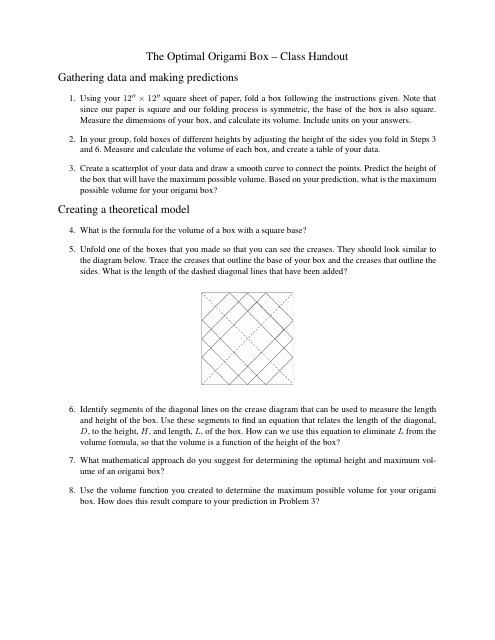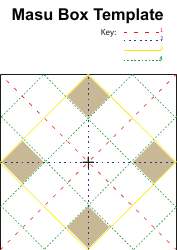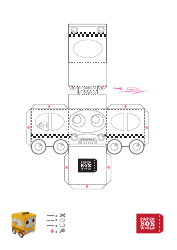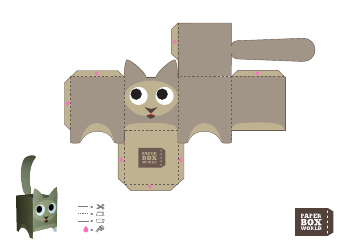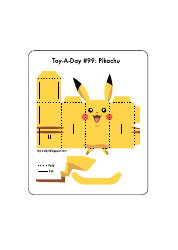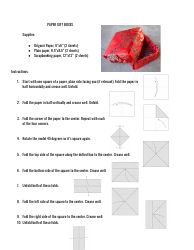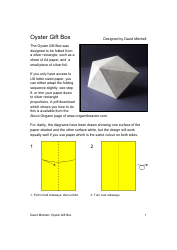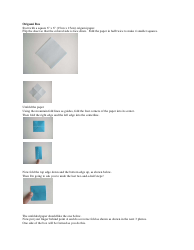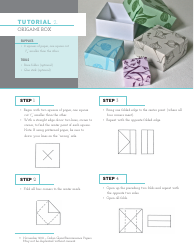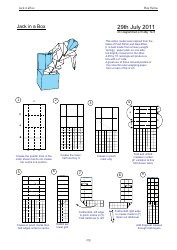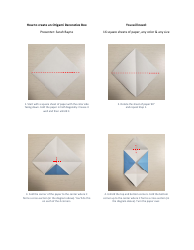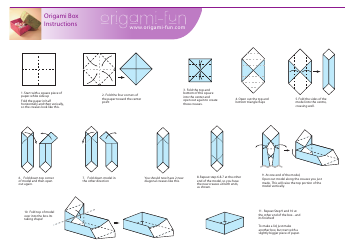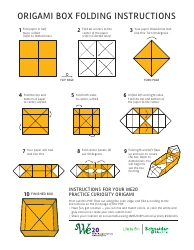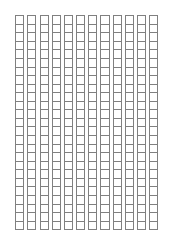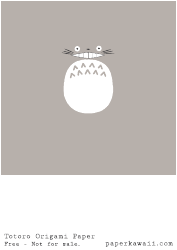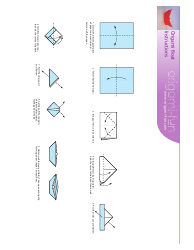Origami Japanese Masu Box Guide
The Origami Japanese Masu Box Guide is intended to instruct individuals on how to fold a traditional Japanese box known as a "Masu". Originating from Origami, the ancient Japanese art of paper folding, a Masu box was originally a square wooden box used to measure rice in Japan during the feudal period. Today, it's often used for decorative purposes, as a container for small items, or given as a symbolic gift.
In general, the guide would provide step-by-step instructions, often accompanied by diagrams or pictures, to help users create their own Masu box from a square piece of paper. Depending on the guide, it might also include historical context about the box and its uses or variations on the design.
The Origami Japanese Masu Box Guide can be filed by anyone interested in learning and practicing origami, the Japanese art of paper folding. It doesn't pertain to a specific country or organization. The guide typically comprises step-by-step instructions on how to fold a Masu Box, which is a traditional Japanese origami design. This guide can be found in books, websites, libraries, art classes, or culture centers promoting Japanese art and culture.
FAQ
Q: What is Origami?
A: Origami is the traditional Japanese art of paper folding, which transforms a flat square sheet of paper into a finished sculpture through folding and sculpting techniques. The principles of origami are used in stents, packaging and other technological structures.
Q: What is a Japanese Masu Box?
A: A Masu Box is a traditional Japanese box used originally for measuring rice. In origami, a Masu Box is a very popular and simple model due to its practical use as a container or gift box.
Q: How to make an Origami Masu Box?
A: Making an Origami Masu Box involves a series of folds and creases on a square piece of paper. The key steps involve creating a series of square and triangle folds to form the sides and base of the box.
Q: What materials do I need to make an Origami Masu Box?
A: All you need to make an Origami Masu Box is a square piece of paper. You can use any type of paper as long as it can hold a crease. Origami paper, which is usually colored on one side and white on the other, is commonly used.
Q: Why is the Masu Box significant in Japanese culture?
A: The Masu Box has a significant historical cultural meaning in Japan as it was used to measure quantities of rice, which was a form of currency in ancient times. Today, they are often used in ceremonies or for decorative purposes.
Q: What is the difficulty level of creating an Origami Masu Box?
A: Creating a basic Origami Masu Box is considered to be at a beginner level. However, there are more complicated versions of the box, with additional layers or complex designs, which may require intermediate to advanced origami skills.
